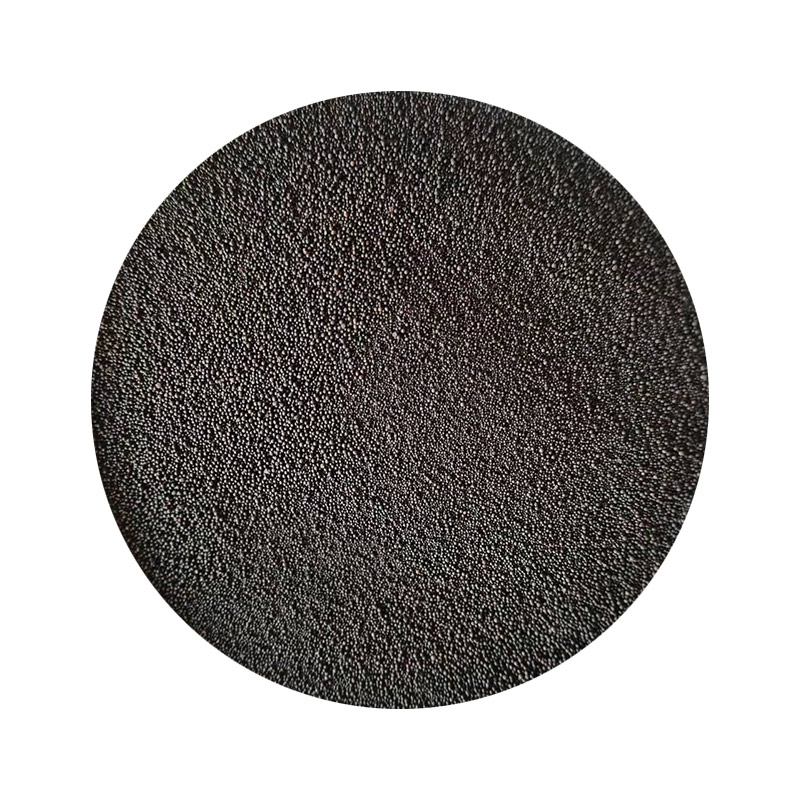Types of Sand Used in Sand Casting
Sand casting is one of the oldest and most widely used metal casting techniques, instrumental in creating a plethora of components across various industries. This process involves creating a mold from sand to shape molten metal into desired forms. The properties of the sand significantly influence the quality and precision of the castings. Here, we will explore the various types of sand used in sand casting, each selected for its unique characteristics that contribute to the overall casting process and the quality of the finished product.
1. Green Sand
Green sand is perhaps the most commonly used type of sand in the casting industry. Contrary to what the name might suggest, green sand is not actually green in color, but refers to its moisture content. This sand is made up of silica sand, clay, and water, forming a malleable mixture that can retain shapes effectively. The clay acts as a binding agent, allowing the sand particles to stick together. One of the primary advantages of green sand is its ability to provide excellent surface finish and dimensional accuracy. It is relatively inexpensive and easy to mold, making it an ideal choice for a variety of small to medium-sized castings.
2. Dry Sand
Dry sand is another popular type used in sand casting, characterized by its lack of moisture. This sand is often used when a higher strength mold is needed, as it does not contain the water that could lead to mold expansion or cracking. Dry sand molds are less able to retain fine detail compared to green sand molds, but they are advantageous for larger castings that require a more robust and durable mold structure. Additionally, dry sand tends to be more resistant to thermal shock, making it suitable for metals with higher pouring temperatures.
3. Resin Sand
types of sand used in sand casting

Resin sand utilizes a combination of sand and a resin binder, often phenolic or furan resin. This mixture is chemically bonded, leading to greater strength and thermal stability compared to traditional sands. Resin sand molds can be created through processes like shell molding or cold box molding, and they tend to produce excellent surface finishes with high dimensional accuracy. The main downside to resin sand is its cost, as the resin binder is more expensive than traditional clay. However, the enhanced properties make it worthwhile for high-precision applications and more intricate designs.
4. Shell Sand
Shell sand consists of a mixture of sand and resin, which is applied to a heated metal pattern, creating a shell-like mold. This process yields thin-walled molds that provide superior dimensional accuracy and surface finish. Shell sand is particularly advantageous for high-production rates because it can produce molds quickly and efficiently. Despite its higher production costs, shell sand is often favored in aerospace and automotive industries where precision is paramount.
5. Investment Casting Sand
While not a traditional sand casting method, investment casting uses a form of sand that is closely controlled and refined. This method involves creating a wax pattern, which is coated in a fine sand and resin mixture. The mold is then heated to remove the wax, leaving behind a sand mold that can withstand high temperatures. Though this process is more complex, it yields extremely high accuracy and fine details, suitable for the most intricate designs.
Conclusion
The choice of sand in the sand casting process significantly impacts the final product’s quality, accuracy, and cost-efficiency. Green sand, dry sand, resin sand, shell sand, and investment casting sand each offer unique properties that make them suitable for different applications and industries. Understanding these types of sand and their characteristics is essential for engineers and manufacturers aiming to produce high-quality castings. As technology evolves, so does the development of new materials and methods in sand casting, continuously enhancing the possibilities within this timeless casting technique.
Post time:11월 . 05, 2024 22:23
Next:super sand g2
